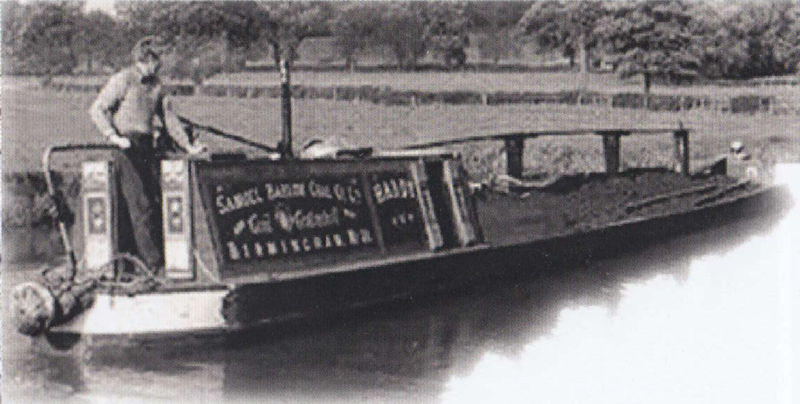Hardy – Historic Wooden Narrowboat

Help us to restore Hardy
Restoring a wooden boat is a lot of work and is very expensive! A year ago we asked local people and visitors to the canal festival whether they think it will be worth doing. We got a resounding “Yes”. A little progress has been made during the year, though not as much as we had hoped. Now we need your help.
We need volunteers to help restore the wooden narrowboat Hardy. Interested in volunteering? Why not join us?
- Meet new people and be part of a friendly team.
- Learn new skills or have you got a skill to share?
- Discover Banbury’s canal history
Contact us for an informal chat to find out more:
Tel: 01295 272917
Email:
or call into Tooley’s Boatyard during opening hours.
Read more about Hardy …
Built in Braunston for coal company
Hardy was the last wooden narrowboat built by Nurser Brothers of Braunston in September 1940 for the Samuel Barlow Coal Company and was originally fitted with an Ailsa Craig diesel engine. She had the company number 16 but later was later re-numbered 31 (different numbers can be seen in photographs depending on when they were taken).
Hardy would have carried up to 25 tons of bulk goods with one of her regular routes being coal from a pit near Tamworth to Banbury Wharf. She could also have towed an unpowered butty loaded with a further 30 tons if needs be.
Brief history after carrying
In 1962 Hardy was sold to an angling club as a work boat to keep canals free of weed. They renamed her Alf but when sold to a private owner in 1966 she reverted to her original name. She was then owned by a number of canal enthusiasts and even used as a residential boat in the mid-1990s. Although she appeared to be well maintain at some point Hardy was abandoned, sunk at Braunston.
In 2018 Tooley’s Boatyard raised her and brought her to Banbury with a view to saving this historic vessel. We’ve managed keep her going through pandemic – mostly by keeping her sunk so that her timbers don’t dry out and fall apart!
Wooden narrowboat construction
Hardy has an elm bottom and oak sides. Elm is a tough wood suitable for heavy use but rotted unless kept either completely wet or dry. The elm bottom planks were attached to a backbone of oak, called the keelson, running the whole length of the boat. Metal knees connect the elm bottom to the oak sides but at the fore and aft ends these could not be produced from a pattern so were made of oak. The side planks were joined together using scarf joints shown in the photograph below.
A tar based waterproof chalico (called Charlie by boat builders) was applied to the inside surface and then lined with thinner vertical oak panels. The small gaps between the outer planks were sealed by caulking, the hammering in of strands of oakum sealed with pitch. The side planks were topped by an oak gunnel to which various fixtures could be attached. The whole hull was coated in pitch. Iron rubbing graces were added to the outside of the hull and for added protection some metal plates to stop ice damaging the wood.
Cabins and engine rooms were added according to the type of narrowboat required. Most would have an aft cabin where the crew lived and for a motor boat an engine room forward of that. There might be an additional small cabin at the bows. In addition to painting the cabin, boats were traditionally decorated, with a rose and castle pattern that you still see on leisure narrowboats today.
The crew were very proud of their boats. The sides were made of wooden planks which were generally flat but were bent at the fore and aft by steaming the wood which softens it allowing it to be curved. In Tooley’s museum you can see an actual elm bottom plank and a small oak panel steamed to show the sort of bend that is possible, although for a narrow boat with 2 inch (5cm) thick planks the curve would be much less.














